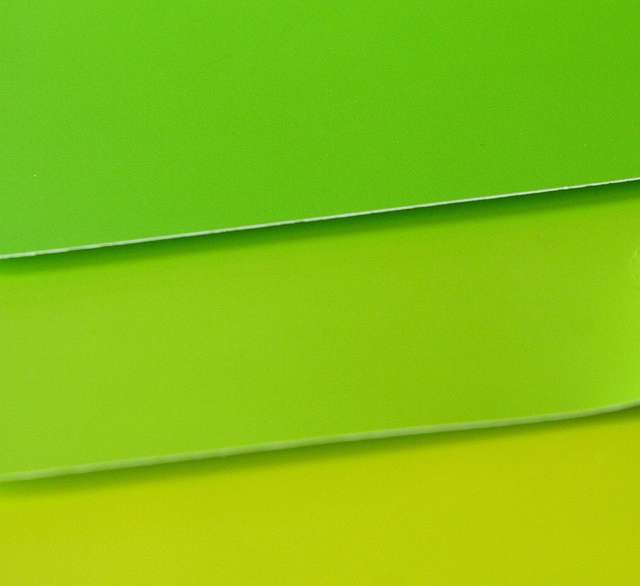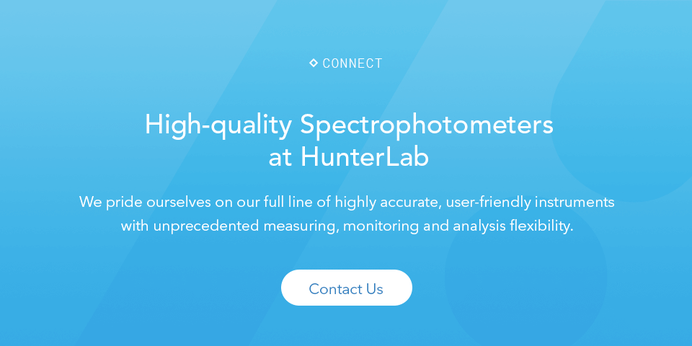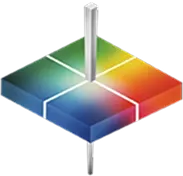
To the uninitiated, references to Pantone numbering conventions sound like they were created by a cryptographer—meaningless sequences of letters and numbers that are a far cry from the color wheels I remember using in high school art class. Even with the conventions deciphered, I still have trouble appreciating the difference between green color 3405 C and 3405 U.
But if you’re a designer, you’re probably acutely aware. You’re aware not just of the variance between these shades of green, but of the fact that, even with the Pantone system, underlying colors that ought to be the same can differ on the journey from graphic design studio to industrial application.
The color differences between design and production are explained, in part, by the fact that color impressions in the two-dimensional rendering of a product can be completely different when applied to a three-dimensional physical product. Fortunately, hand-held spectrophotometers provide a workaround, allowing graphic and industrial designers to specify exact color parameters that will not get lost in translation.
Color Trends in 2017

Many 2017 color trends require careful quality control to ensure the correct consumer impression | Image credit: Flickr user Harry Rose (CC BY 2.0)
Minute color differences can have a heavy impact, especially for designers hoping to keep up with current trends. The Color Marketing Group (CMG), for instance, suggests that the hottest color for 2017 is a yellow-influenced green with the moniker “Thrive”1. This color’s mix of green and yellow is meant to evoke growth and newness. But CMG cautions that the balance of these shades “does not mean dull, and the color’s strong yellow influence [should add] freshness and vitality to create a feeling that is vigorous and comforting, all at once.” In other words, “Thrive” may be lovely, but just a little too much yellow, and you’re more likely to evoke pea soup than vitality.
Pantone’s entry into the color of the year is a slightly brighter green with the name “Greenery”2. Echoing CMG’s choice, Pantone believes that “Greenery” should evoke the first days of spring, with implications of restoration and renewal. Pantone notes that “Greenery” can be paired with “neutrals, brights, deeper shades, pastels, metallics”.
However, the implication of both CMG’s and Pantone’s choices is that a designer who skews shadings, balances, or color blending too far from the base colors will fail to create the intended impression, producing hues unlikely to resonate with consumers.



